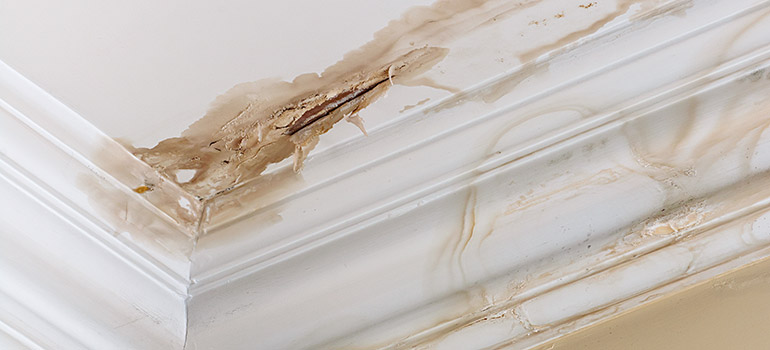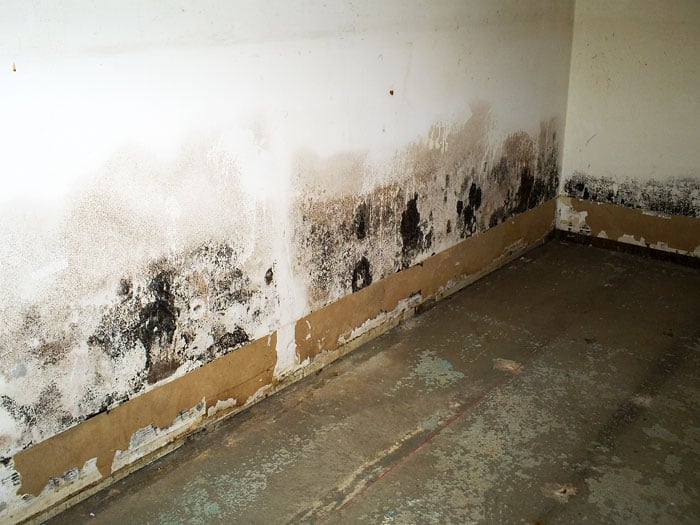6 Water Damage Reconstruction Do's as well as Don'ts.
6 Water Damage Reconstruction Do's as well as Don'ts.
Blog Article
They are making several good observations on Keeping Your Home Safe This Holiday Season overall in this great article further down.

Though water offers life, water intrusion on parts where it's not supposed to be can result in damages. It can peel off away surfaces and also wear down the foundation if the water saturates right into your structure. Mold and mildew and mildew also thrive in a damp environment, which can be unsafe for your health and wellness. Homes with water damage scent old as well as moldy.
Water can come from lots of sources such as typhoons, floodings, burst pipelines, leakages, and also sewer issues. In case you experience water damage, it would be good to understand some safety and security preventative measures. Right here are a few guidelines on just how to take care of water damage.
Do Prioritize House Insurance Policy Insurance Coverage
Water damages from flood because of heavy winds is seasonal. Nevertheless, you can likewise experience a sudden flood when a damaged pipeline suddenly ruptures into your residence. It would certainly be best to have residence insurance that covers both disasters such as all-natural catastrophes, as well as emergencies like damaged plumbing.
Do Not Fail To Remember to Switch Off Energies
In the event of a calamity, particularly if you reside in a flood-prone area, it would be advisable to turn off the major electrical circuit. This cuts off power to your entire residence, avoiding electric shocks when water is available in as it is a conductor. Don't neglect to turn off the main water line valve. When floodwaters are high, furniture will certainly walk around and trigger damage. Having the main valve shut down stops further damages.
Do Keep Proactive and Heed Climate Informs
Tornado floods can be very unforeseeable. If there is a history of flooding in your area, stay proactive as well as ready. If you live near a lake, creek, or river , listen to emptying cautions. Secure prized possessions from the first stage as well as cellar, then put them on the greatest feasible level. Doing so reduces possible home damages.
Do Not Disregard the Roofing System
You can prevent rainfall damage if there are no openings and leakages in your roof. This will prevent water from streaming down your walls as well as saturating your ceiling.
Do Focus On Small Leakages
A burst pipe doesn't happen overnight. You may see gurgling paint, peeling off wallpaper, water streaks, water stains, or leaking noises behind the walls. Have your plumbing repaired before it results in massive damage.
Do Not Panic in Case of a Ruptured Pipeline
Maintaining your presence of mind is important in a time of dilemma. Since it will certainly suppress you from acting quick, panicking will just compound the trouble. When it involves water damage, timing is vital. The longer you wait, the even more damages you can anticipate. Thus, if a pipeline bursts in your residence, quickly turned off your main water valve to remove the source. Then disconnect all electrical outlets in the area or turn off the circuit breaker for that part of the house. Finally, call a reputable water damages restoration specialist for help.
Water gives life, water intrusion on components where it's not expected to be can result in damage. Houses with water damage smell moldy and also old.
Water damage from flooding dues to hefty winds is seasonal. You may discover bubbling paint, peeling off wallpaper, water touches, water spots, or trickling sounds behind the wall surfaces. When it comes to water damage, timing is key.
Some Do's & Don't When Dealing with a Water Damage
DO:
Make sure the water source has been eliminated. Contact a plumber if needed. Turn off circuit breakers supplying electricity to wet areas and unplug any electronics that are on wet carpet or surfaces Remove small furniture items Remove as much excess water as possible by mopping or blotting; Use WHITE towels to blot wet carpeting Wipe water from wooden furniture after removing anything on it Remove and prop up wet upholstery cushions for even drying (check for any bleeding) Pin up curtains or furniture skirts if needed Place aluminum foil, saucers or wood blocks between furniture legs and wet carpet Turn on air conditioning for maximum drying in winter and open windows in the summer Open any drawers and cabinets affected for complete drying but do not force them open Remove any valuable art objects or paintings to a safe, dry place Open any suitcases or luggage that may have been affected to dry, preferably in sunlight Hang any fur or leather goods to dry at room temperature Punch small holes in sagging ceilings to relieve trapped water (don't forget to place pans beneath!); however, if the ceiling is sagging extremely low, stay out of the room and we'll take care of it DO NOT:
Leave wet fabrics in place; dry them as soon as possible Leave books, magazines or any other colored items on wet carpets or floor Use your household vacuum to remove water Use TV's or other electronics/appliances while standing on wet carpets or floors; especially not on wet concrete floors Turn on ceiling fixtures if the ceiling is wet Turn your heat up, unless instructed otherwise

I hope you enjoyed reading our post on Ways to Reduce The Risk Of Fire And Water Damage. Thanks a lot for taking time to browse our blog. If you please take the time to promote this article if you enjoyed reading it. I thank you for reading our article about 5 Home Safety Tips To Reduce The Risk Of Fire And Water Damage.
Report this page